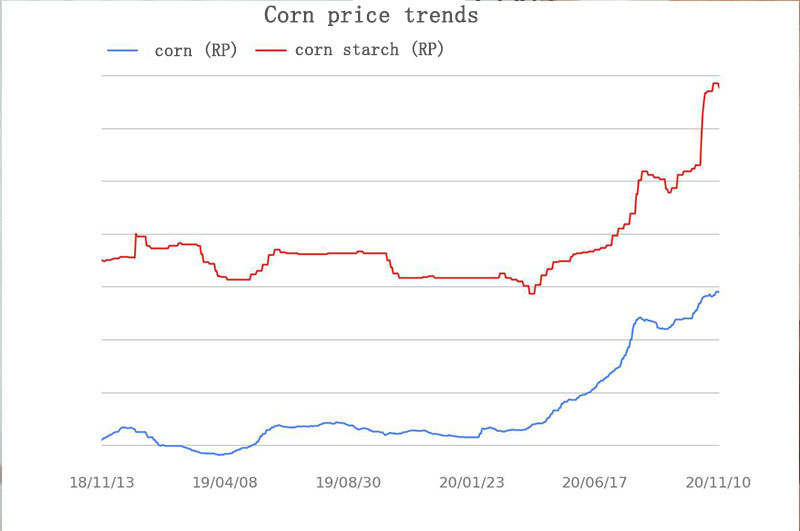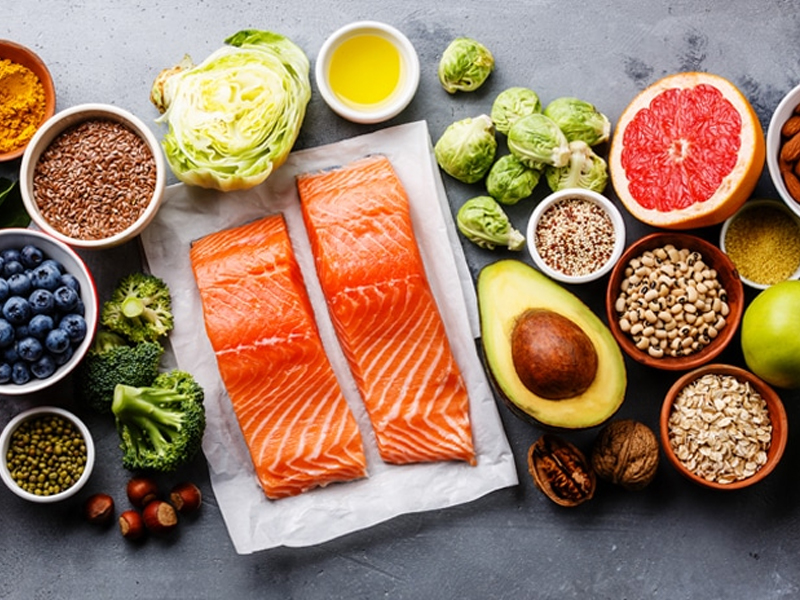Organic maltodextrin is a food additive that comes from organic sources of starch, such as corn, wheat, potato, cassava, and others. It is used for various purposes such as bulking agent, sweetener, stabilizer, thickener, and carrier in food and beverages, cosmetics and personal care, pharmaceuticals, and other industries.
Organic maltodextrin has several advantages over conventional maltodextrin, such as lower environmental impact, higher nutritional value, better taste and aroma, and no GMOs or synthetic chemicals. These advantages make organic maltodextrin more appealing to consumers who prefer natural, organic, and clean-label products.
Consumer Demand and Preference for Organic Food
The global organic food market is growing rapidly due to the increasing awareness and demand for healthy, safe, and sustainable food products. According to a report by Expert Market Research, the global organic food market reached a value of US$ 129.4 billion in 2022 and is expected to grow at a CAGR of 9.5% between 2023-2028.
Some of the factors driving the growth of the organic food market are:
- Rising health consciousness and disposable income among consumers
- Growing awareness of the benefits of organic food over conventional food
- Increasing environmental concerns and social responsibility among consumers
- Expanding distribution channels and availability of organic food products
- Supportive government policies and regulations for organic farming and labeling
Consumers who choose organic food products are looking for products free from pesticides, fertilizers, hormones, antibiotics, GMOs, and other synthetic additives. They are also looking for products that have higher nutritional value, better taste and quality, longer shelf life, and lower environmental impact.
Organic maltodextrin meets these consumer preferences by providing a natural, organic, and clean label alternative to conventional maltodextrin. Organic maltodextrin can enhance the quality and taste of various organic food products without compromising their health and safety.
Market Advantages and Competitiveness of Organic Maltodextrin
Organic maltodextrin has several market advantages and competitiveness over conventional maltodextrin due to its unique properties and applications. Some of these are:
- Organic maltodextrin can be derived from various organic sources of starch, such as corn, wheat, potato, cassava, and others. This gives it more flexibility and diversity in terms of supply and price.
- Organic maltodextrin can be produced using natural enzymes for hydrolysis, which reduces the use of chemicals and energy in the production process. This makes it more eco-friendly and cost-effective than conventional maltodextrin.
- Organic maltodextrin can be used as a bulking agent, sweetener, stabilizer, thickener, and carrier for various organic food products, such as baby food, sports drinks, baked goods, sauces, dressings, and soups. It can improve the texture, flavor, and shelf life of these products without affecting their nutritional value or safety.
- Organic maltodextrin can also be used in cosmetics and personal care products as a moisturizer, emulsifier, film-former, and binder. It can enhance the performance and appearance of these products without causing any adverse effects on the skin or hair.
- Organic maltodextrin can also be used in pharmaceutical products as a tablet diluent and a coating material for the microencapsulation of sensitive nutraceuticals such as vitamins. It can improve the stability and bioavailability of these products without interfering with their efficacy or safety.
Conclusion
Organic maltodextrin is a food additive that comes from organic sources of starch. It has several advantages over conventional maltodextrin such as lower environmental impact, higher nutritional value, better taste and aroma, and no GMOs or synthetic chemicals.
Organic maltodextrin meets the consumer demand and preference for organic food by providing a natural, organic, and clean label alternative to conventional maltodextrin. It can enhance the quality and taste of various organic food products without compromising their health and safety.
Organic maltodextrin has several market advantages and competitiveness over conventional maltodextrin due to its unique properties and applications. It can be used in various industries such as food and beverages, cosmetics and personal care, pharmaceuticals, and others. It can improve the performance and appearance of these products without causing any adverse effects on the environment or human health.

